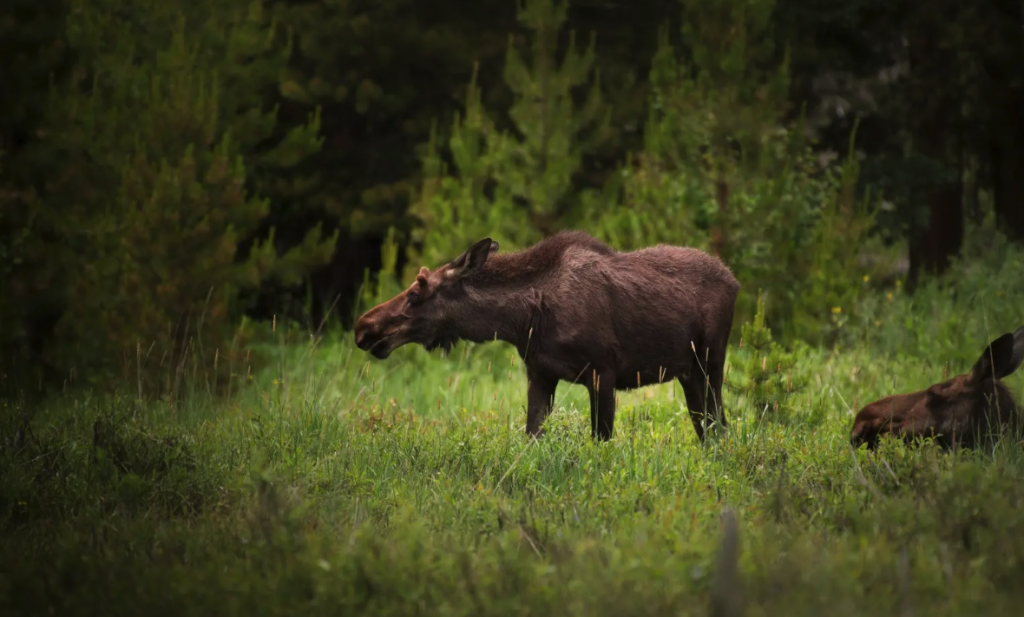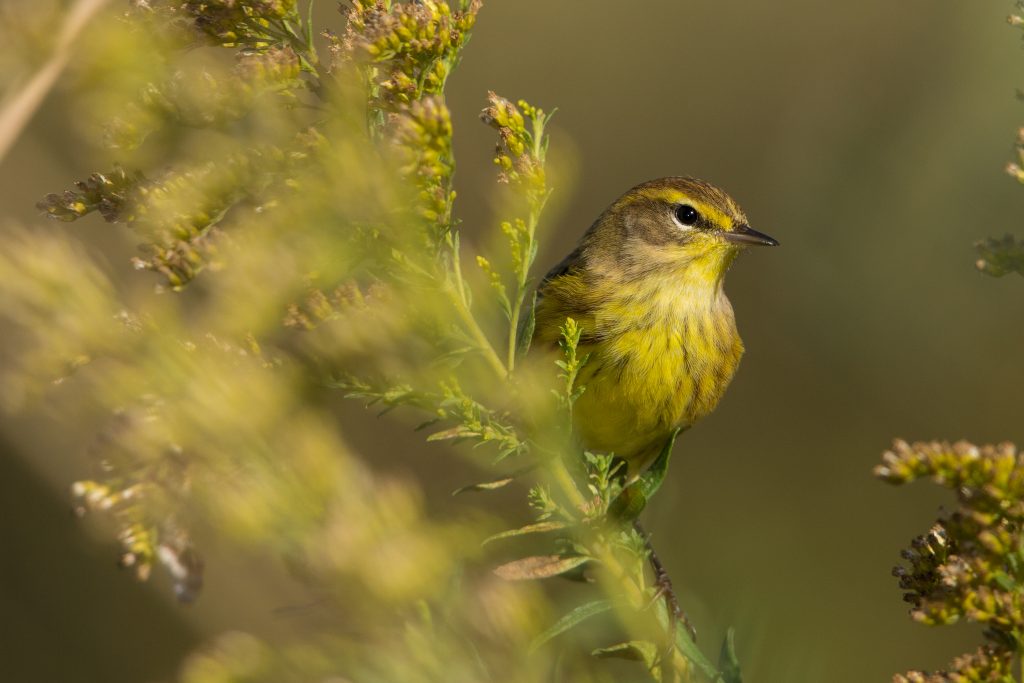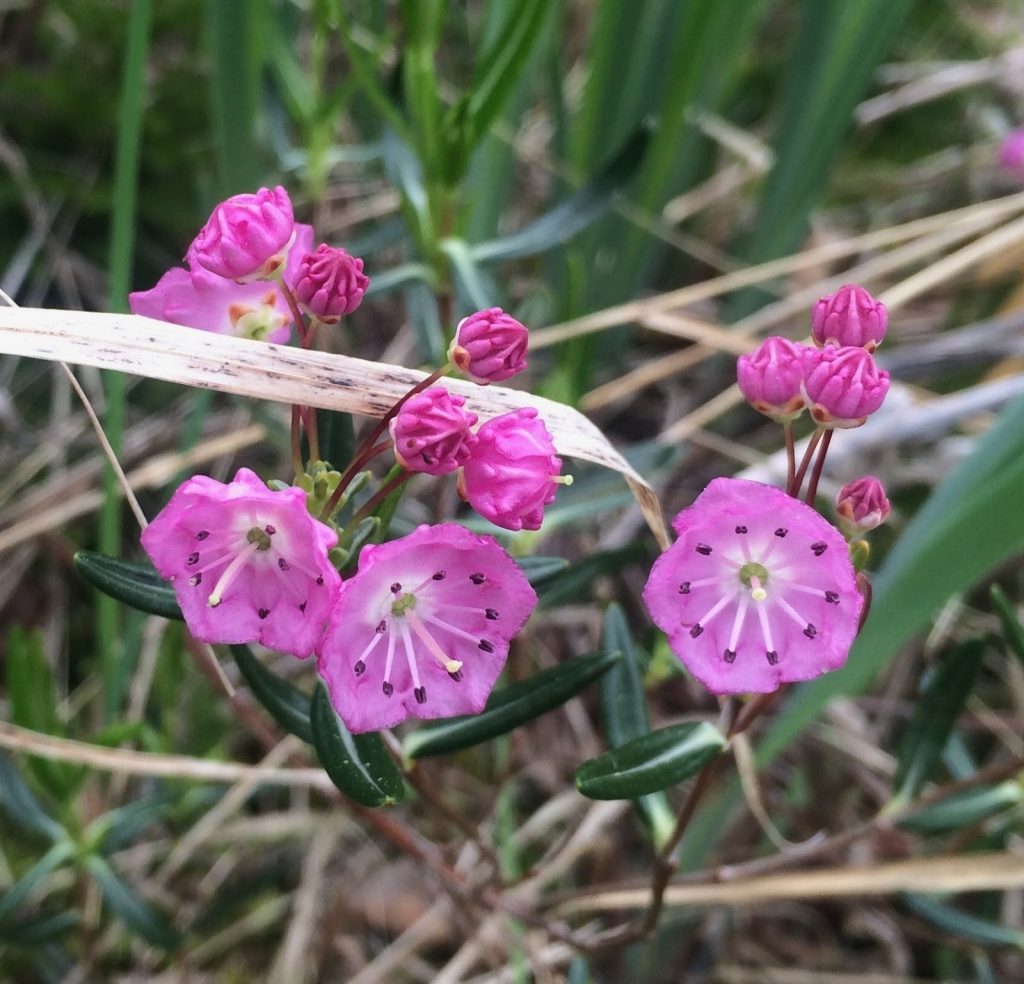Get to Know the Species that Call Peatlands Home
Imagine a landscape that quietly fights climate change, filters our water, and shelters countless living things—all without making a sound. Hidden beneath layers of moss, peat one of nature’s most powerful yet overlooked ecosystems.
One of the goals of the Conservation Areas Initiative is to protect the health of the natural landscape and vital areas within the Fisher Bay region. Supporting the habitats that make up these rich interconnected ecosystems are crucial to ensuring the species that rely on these areas are here for future generations.
In the Fisher Bay region, peatlands are primarily composed of bogs and fens that naturally store vast amounts of carbon, acting as a silent defense against global warming and helping to slow the effects of climate change.
But these peat wetlands are more than carbon sinks—they’re alive with biodiversity. From large and small mammals to mosses, fish, migratory birds, songbirds, fungi, and amphibians, peatlands are vibrant ecosystems that sustain countless forms of life. Let’s take a closer look at just a few remarkable species in the Interlake region that depend on these unique and irreplaceable ecosystems.
Mammals
Muskrat
Often mistaken for beavers, muskrats play a vital role in maintaining wetland and peat ecosystems. Their foraging, burrowing, and construction of “push-ups”(a temporary feeding shelter in the winter months), lodges, and burrows, help shape the landscape, creating complex habitats that benefit many other species. These structures often become nesting sites for birds and small mammals. By altering their environment and facilitating water flow, muskrats enhance nutrient cycling and overall biodiversity within peatland ecosystems.

Moose
Though Moose are now less commonly seen in the Interlake region, peat provide an ideal habitat for recovering moose populations. These large mammals rely on peatlands for both breeding and feeding. During the summer months, moose are particularly drawn to these wetland areas to forage on aquatic vegetation. Healthy peatlands thus support the long-term stability and resurgence of moose populations.

Birds
Palm Warbler
Found throughout Manitoba, the Palm Warbler relies heavily on peat as its primary breeding habitat. This species is especially sensitive to peatland disturbance, such as peat mining, which can lead to increased nest predation and habitat degradation. Protecting intact peatlands is therefore crucial for sustaining Palm Warbler populations.

Tree Swallow
Recognizable by its striking blue colour, the Tree Swallow is common across Manitoba, particularly in the Interlake Region. This species thrives in peatland-rich environments, where abundant insect populations provide an essential food source. Tree Swallows are key indicators of healthy peat ecosystems, benefiting directly from the biodiversity and productivity these landscapes support.

Plants
Bog Laurel
Also known as swamp laurel, this plant exemplifies adaptation to the challenging conditions of peat. Blooming with delicate white and pink flowers from May through June, Bog Laurel thrives in acidic, nutrient-poor, and waterlogged soils. Its tolerance to both prolonged shade and flooding allows it to flourish where few other species can, contributing to the unique floral diversity of peat ecosystems.

Tamarack
While trees struggle to grow in saturated peat soils, the tamarack is a notable exception. Typically found along the edges of bogs where roots can avoid full submersion, tamaracks are an iconic feature of the Interlake peatlands. These deciduous conifers provide critical habitat and shelter for wildlife, supporting species such as moose and a variety of songbirds. Their presence marks the delicate balance between wetland and forest ecosystems.

Importance of Peat
Peatlands may seem quiet and unassuming, but they are among the planet’s most powerful ecosystems – storing carbon, filtering water, and supporting rich biodiversity. In Manitoba’s Fisher Bay region, bogs and fens form a vital part of the landscape. From muskrats shaping waterways and moose foraging in summer wetlands, to songbirds like the Palm Warbler and Tree Swallow depending on peatland health, each species plays a role in this interconnected system. Even the plants—resilient Bog Laurel and hardy Tamarack—show how life thrives in these challenging conditions. Protecting peatlands means safeguarding both biodiversity and our climate for generations to come.
Learn more about Peat:
Check our our other “Meet the Neighbours,” to learn about other species in the Interlake.
Play a game and “Guess the Animal by the Local Cree Name“
Read more about peatlands in “Deets on Peat“

